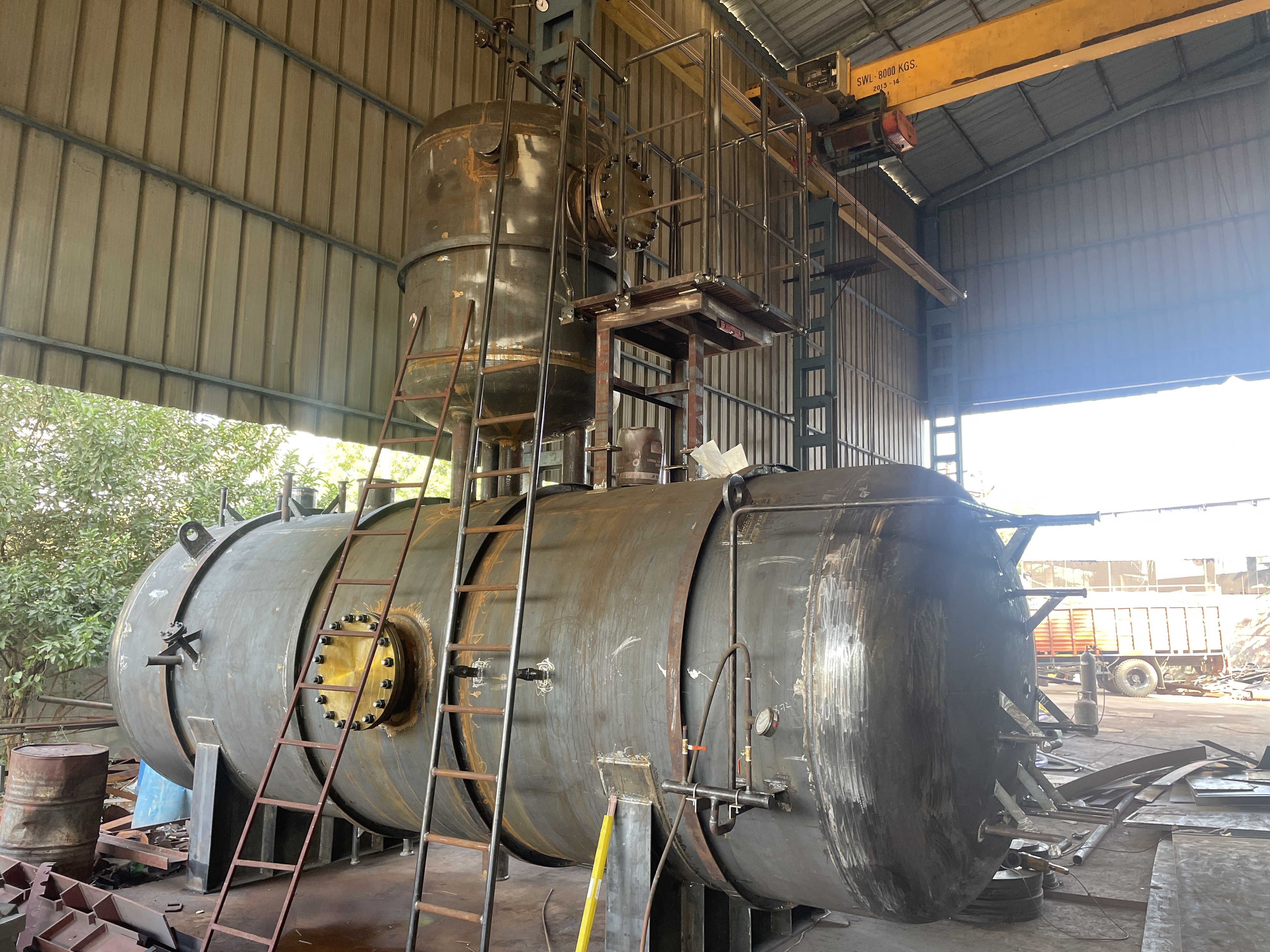Call us
08045475628
A deaerator tank is a type of pressure vessel used primarily in steam generation systems to remove dissolved gases, especially oxygen and carbon dioxide, from water. Removing these gases is crucial to prevent corrosion and other issues in boilers and steam systems. Heres an overview of how deaerators work and their key components:
Gas Removal: The primary function of a deaerator is to reduce the concentration of dissolved gases in water. Oxygen and carbon dioxide can cause corrosion in boiler systems and other components. Deaerators work to remove these gases to protect the integrity and efficiency of the system.
Water Heating: Deaerators also preheat the feedwater, which improves the efficiency of the boiler system.
Tray-Type Deaerators: These deaerators use multiple trays or stages to allow water to flow over them while steam rises through the trays. The steam helps to remove the dissolved gases from the water.
Spray-Type Deaerators: In these deaerators, water is sprayed into a chamber where it comes into contact with steam. The contact between the water and steam facilitates the removal of dissolved gases.
Regular maintenance is essential to ensure that a deaerator functions properly. This includes checking for leaks, ensuring that the steam and water flow rates are correct, and inspecting components like valves and sensors.
If you have more specific questions about deaerator tanks or their application in your system, feel free to ask



Price:
Price 500 INR / Kilograms
Minimum Order Quantity : 10 Kilograms
Type : Fertilizer
Application : Farming